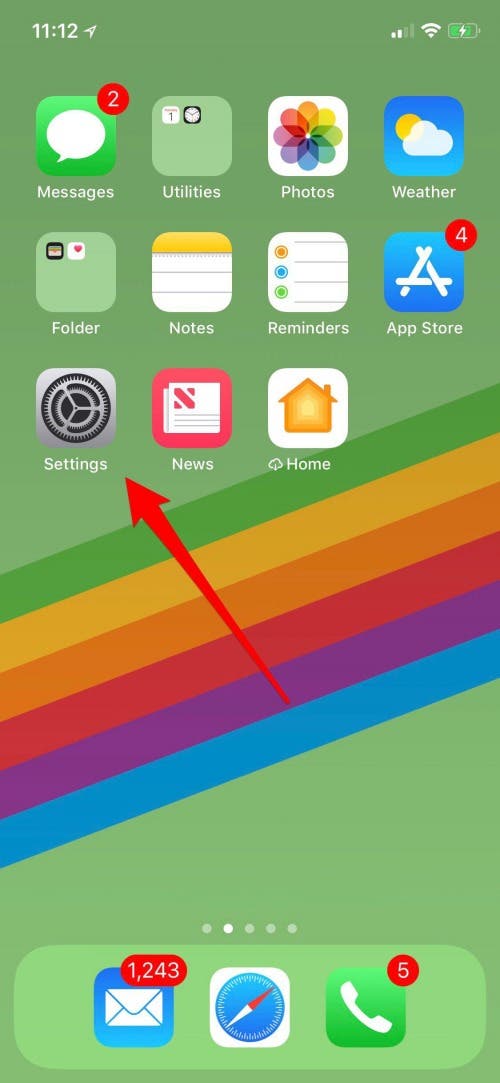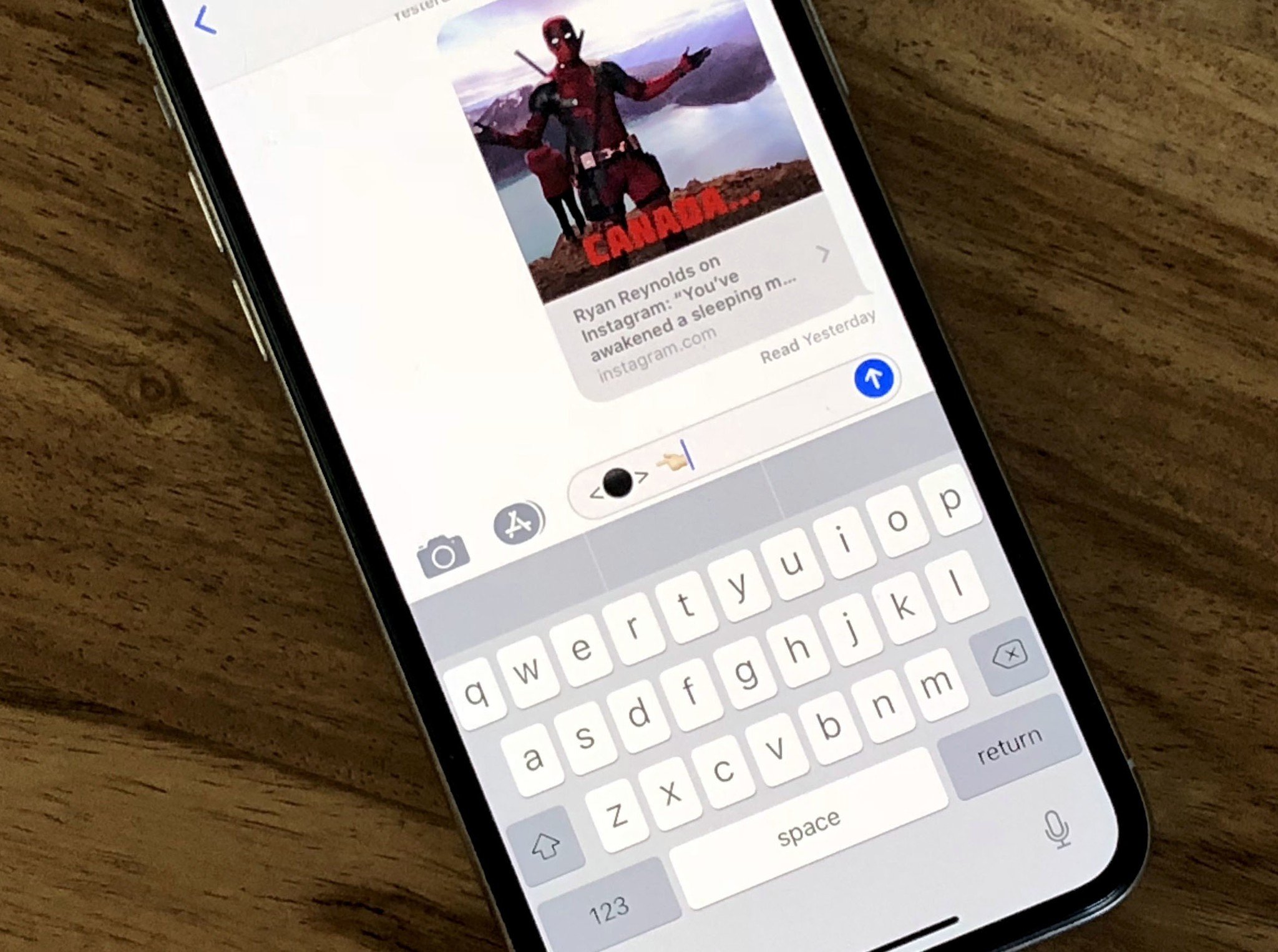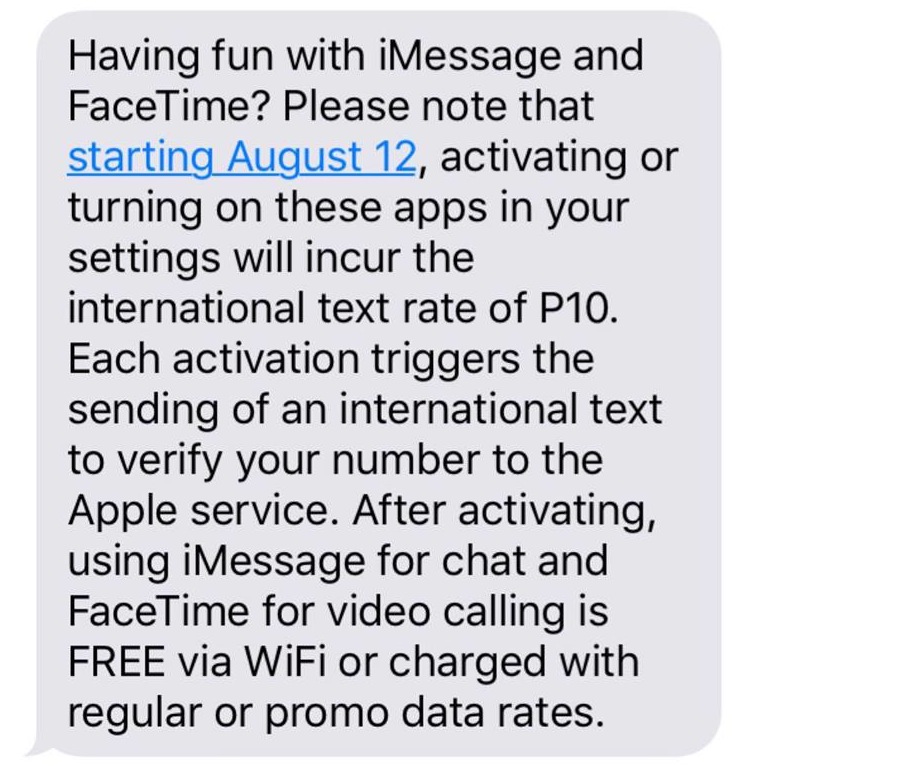While in the US: (800) 711-8300 Traveling outside the US: 1 (908) 559-4899 If your device is lost, stolen or broken, or you experience a device issue while you are traveling outside the US, please use the below instructions to reach the International Support Team from a landline phone. Sign Out of iMessage & Back In: 1. In the Settings app, select Messages. Tap Send & Receive. Tap your Apple ID at the top and press Sign Out. Toggle off iMessage. (or Facetime, if not working) 5. Visit Wi-Fi in settings and toggle Wi-Fi off and back on. Wait a few minutes, then toggle iMessage back on. Tap Send & Receive.
You can use the Messages app on your iPhone, iPad, or iPod touch to send messages. Those messages are sent as iMessage or SMS/MMS. Learn more about the difference between the message types.
iMessage
iMessages are texts, photos, or videos that you send to another iPhone, iPad, iPod touch, or Mac over Wi-Fi or cellular-data networks. These messages are always encrypted and appear in blue text bubbles. To turn iMessage on or off, go to Settings > Messages.

SMS/MMS
If you aren’t using iMessage, you can use SMS/MMS. These messages are texts and photos that you send to other cell phones or another iPhone, iPad, or iPod touch. SMS/MMS messages aren't encrypted and appear in green text bubbles on your device.
To use SMS/MMS on an iPhone, you need a text-messaging plan. Contact your wireless carrier for more information. You can also set up your other Apple devices to send and receive messages from any Apple device.
If Wi-Fi is unavailable, iMessages will be sent over cellular data. Cellular data rates might apply.
Apple iPhones are my suggestion for anyone planning to study or live abroad. Why? Well, Apple’s iMessage and Facetime services have international messaging and voice and video calling built in to others with Apple devices (with no additional fees) and the setup of iMessage and Facetime is simple and user friendly. Bonus: iOS (Apple iPhone’s operating system) has some of the best (and most user-friendly) travel and communication apps.
So, there are two scenarios here that I will cover:
1. You are traveling/moving abroad and want to keep in touch with other iPhone users in the U.S.
2. You know an iPhone user traveling/moving abroad and want to keep in touch with him or her overseas
Want another great international phone tip? Check out this post.
A note about iMessage and Facetime:
Messages is the built-in app on iPhones that handles both SMS-based text messaging (the green bubbles sent to people without iPhones) and data-based iMessages (the blue bubbles between people with iPhones). You can always send SMS-based (green) text messages from your phone number (whether you are using a U.S. or international SIM card) to another person, so long as text messaging is included in your mobile plan. In other words, if you are in the U.S., with a U.S. SIM card and U.S. phone number, sending text messages to U.S. numbers should work perfectly. If you are in Germany, for example, with a German SIM card and a German phone number, sending text messages to German numbers should work perfectly.
Changing the iMessage settings I mention below does not change your text messaging settings. Instead, we are changing how the iMessage (data-based, blue bubbled) system works so that you can text internationally for no additional fees. In other words, if you are in Germany, with a German SIM card, and a German phone number, sending iMessages to a U.S. iPhone should work perfectly. Or, if you are in the U.S., with a U.S. SIM card, with a U.S. number, sending iMessages to a German iPhone should work perfectly.
Facetime is the built-in app on iPhones that handles video and audio calls over data – in other words, calls between iPhones/iPads/Macs that uses up data on your mobile plan, rather than minutes. By following the steps below, you can easily place these video and audio without international fees to international users.
International iMessaging and Facetime calls between iPhone users (having followed the steps below) are free. That is, incurs no additional fees above the regular data fees included your mobile plan. All of the below steps assume you (and the recipient) have data included in your mobile service plans, as all smartphones usually do, and/or you (and the recipient) are sending and receiving iMessages and Facetime calls over wifi, without using up any data.
You are traveling/moving abroad and want to keep in touch with other iPhone users in the U.S.

1. When you purchased and set up your phone, you automatically made your current, U.S. phone number link to iMessage and Facetime. You can check this on your iPhone by going to Settings > Messages > Send & Receive > You can be reached by iMessage at: and going to Settings > FaceTime > You can be reached by FaceTime at:
2. If you are still in the U.S., your American phone number should be listed. If so, continue to step 3. If not, check and make sure that a) you have iMessage turned on, under Settings > Messages > iMessage (the switch to the right should be green) and b) you are logged in to your Apple ID, under Settings > Messages > Send & Receive > Apple ID: youremailaddress. If it’s still not working, try this Apple troubleshooting guide.

3. We need to link your email address to your iMessage and Facetime accounts. Under Settings > Messages > Send & Receive > You can be reached by iMessage at: and under Settings > FaceTime > You can be reached by FaceTime at: see if your email address is listed. If so, skip to step 4. If not, click on Add Another Email… and follow the prompts, adding your main email address.
4. Once both your phone number and your email address are listed, scroll down and click on your email address under the Start New Conversations From (Lost? it’s under Settings > Messages > Send & Receive > You can be reached by iMessage at: and under Settings > FaceTime > You can be reached by FaceTime at:). This will make new messages that you send in iMessage to other Apple users, send from your email address, rather than your phone number. Make sure your contacts have your email address in their phones’ address books, so they know its you.
5. Once you are abroad and have purchased SIM card (did you read this guide?), insert it into your phone (following the carrier’s instructions). Note that at this point, your phone number will change. In other words, the SIM card that identified your phone as the U.S. number (555) XXX-XXXX is no longer active (can no longer receive or send calls/texts/etc), and the new SIM card, that identifies your phone as the overseas number, is active. Hold on to your old U.S. SIM card and store it in a safe place – you can always switch the cards back if necessary.
6. Your iPhone will now add your new overseas number to iMessages (so that you can send and receive messages from this overseas number) and to Facetime (so you can place video and audio calls – over data or wifi – from this overseas number). You can check this under Settings > Messages > Send & Receive > You can be reached by iMessage at: and under Settings > FaceTime > You can be reached by FaceTime at: – both your new, overseas number and your email address should be listed. Make sure that Start New Conversations From has your email address with a check next to it.
7. Start a new message by going to your Messages app, then click the compose message icon (top right of the screen). You should now be able to both send text messages (the SMS green bubbled messages) from your overseas number to other numbers in the same country and send iMessages (the data-based blue bubbled messages) to anyone in the world with an iPhone, iPad or Mac! The Messages app will automatically configure the message into either an iMessage (your contact’s name or number in the to field will turn blue) for iPhone, iPad, or Mac users or into a SMS text message (your contact’s name or number in the to field will turn green) for non-iPhone users.

8. Start a new Facetime call by opening your Facetime app, then selecting your contact, and, scrolling down, choosing either the camera symbol (for a video call) or phone symbol (for an audio call) next to the “Facetime” option.
9. Voila! Enjoy both domestic, overseas texting and international iMessaging and international video and audio calls!

Imessage International Cost
You know an iPhone user traveling/moving abroad and want to keep in touch with him or her overseas
1. When you purchased and setup your phone, you automatically made your U.S. phone number link to iMessage and Facetime. You can check this on your iPhone by going to Settings > Messages > Send & Receive > You can be reached by iMessage at: and going to Settings > FaceTime > You can be reached by FaceTime at:
2. Your U.S. mobile phone number should be listed. If so continue to step 3. If not, check and make sure that a) you have iMessage turned on, under Settings > Messages > iMessage (the switch to the right should be green) and b) you are logged in to your Apple ID, under Settings > Messages > Send & Receive > Apple ID: youremailaddress. If it’s still not working, try this Apple troubleshooting guide.
3. We need to link your email address to your iMessage and Facetime accounts. Under Settings > Messages > Send & Receive > You can be reached by iMessage at: and under Settings > FaceTime > You can be reached by FaceTime at: see if your email address is listed. If so, skip to step 4. If not, click on Add Another Email… and follow the prompts, adding your main email address.
Imessage International Travel
4. Once both your phone number and your email address are listed, scroll down and click on your email address under the Start New Conversations From (Lost? it’s under Settings > Messages > Send & Receive > You can be reached by iMessage at: and under Settings > FaceTime > You can be reached by FaceTime at:). This will make new messages that you send in iMessage to other Apple users, send from your email address, rather than your phone number. Make sure your contacts have your email address in their phones’ address books, so they know its you.
5. Start a new message by going to your Messages app, then click the compose message icon (top right of the screen). You should now be able to both send text messages (the SMS green bubbled messages) from your U.S. number to other numbers in the U.S. and send iMessages (the data-based blue bubbled messages) to anyone in the world with an iPhone, iPad, or Mac! The Messages app will automatically configure the message into either an iMessage (your contact’s name or number in the to field will turn blue) for iPhone, iPad, or Mac users or into a SMS text message (your contact’s name or number in the to field will turn green) for non-iPhone users.
Imessage Internationally For Free
6. Start a new Facetime call by opening your Facetime app, then selecting your contact, and, scrolling down, choosing either the camera symbol (for a video call) or phone symbol (for an audio call) next to the “Facetime” option.
7. Voila! Enjoy both domestic, U.S. texting and international iMessaging and international video and audio calls!
